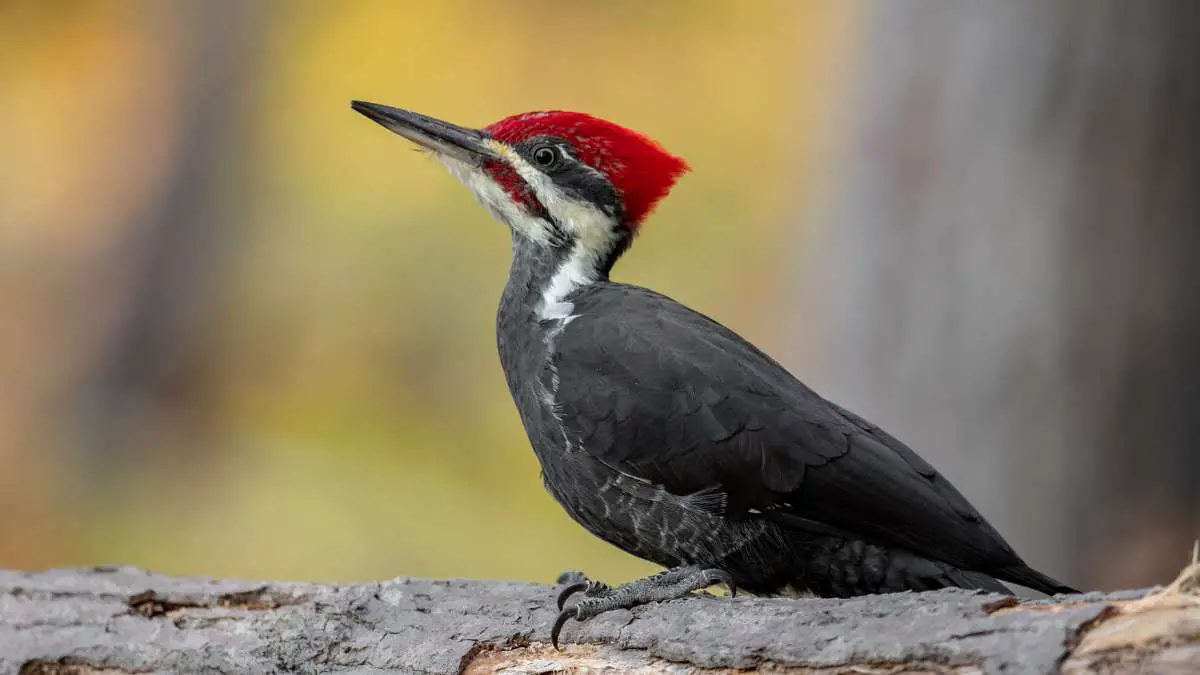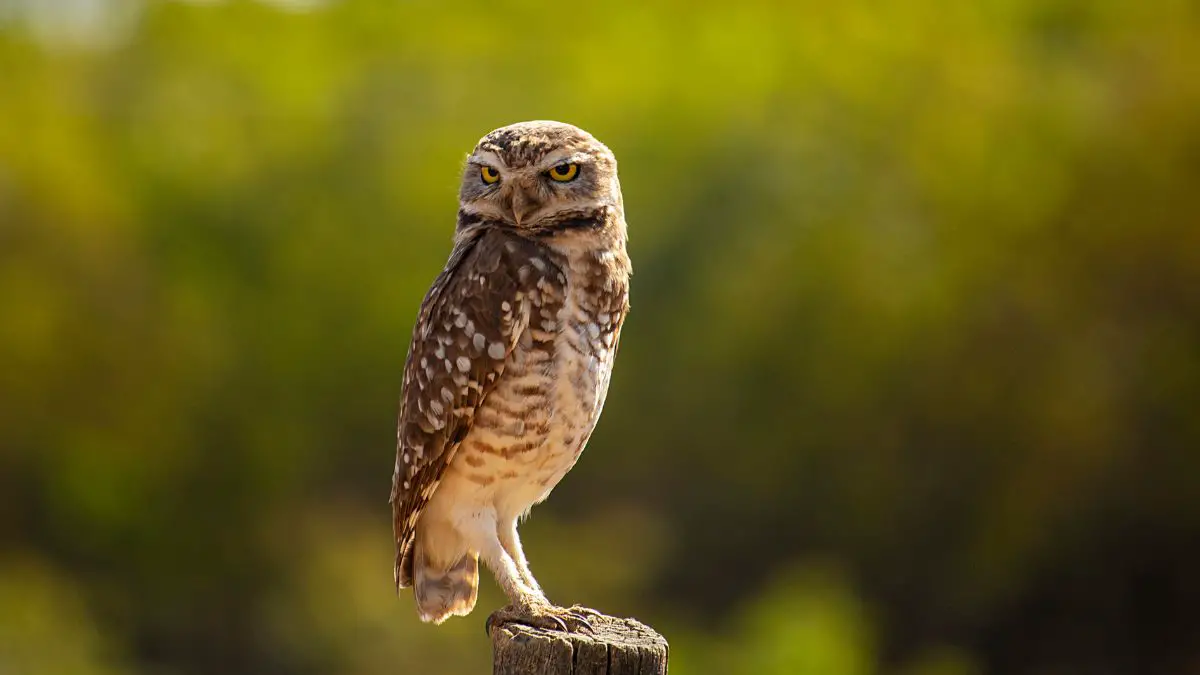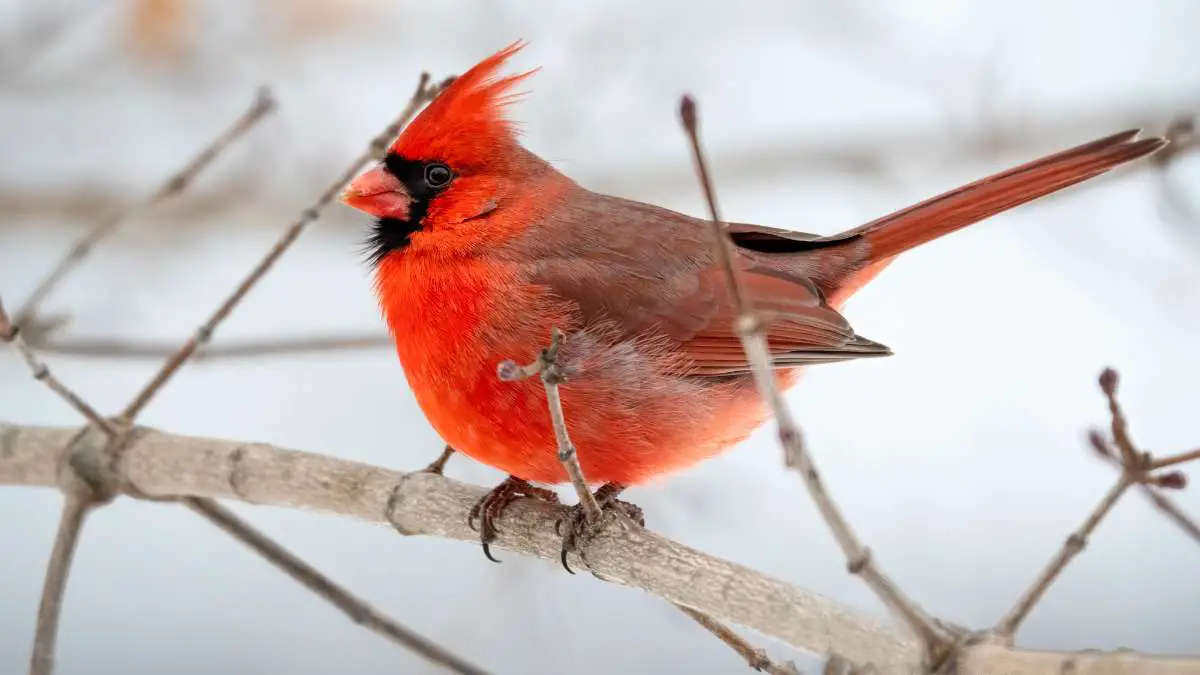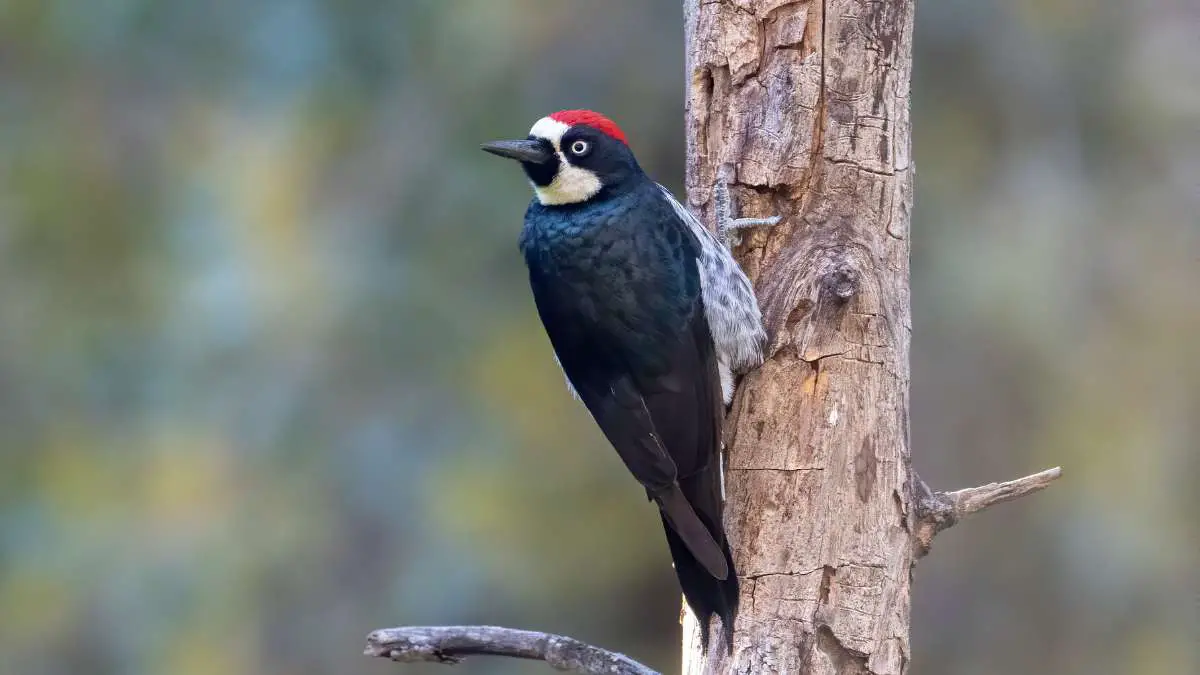Woodpeckers are fascinating birds known for their drumming on trees and their varied diet. While woodpeckers primarily eat insects, fruits, nuts, and sap, they do sometimes eat bees.
This usually happens when woodpeckers are searching for insect larvae inside tree bark, and they come across bee nests.
Bees can be a good source of protein for woodpeckers, especially during the spring and summer when bees are more active.
However, bees are not a main part of their diet. Woodpeckers prefer easier-to-catch insects like ants, beetles, and caterpillars.
So, while woodpeckers do eat bees occasionally, they mainly rely on other insects and foods for their nutrition. Understanding this helps us appreciate the diverse diet of woodpeckers and their role in controlling insect populations.
Understanding Woodpecker Diets
Typical Woodpecker Diet
Woodpeckers are fascinating birds known for their unique foraging habits and diverse diets. Generally, woodpeckers eat insects, which make up the bulk of their diet.
They are particularly fond of ants, beetles, and caterpillars. They use their strong beaks to peck into wood, bark, and even the ground to find these tasty bugs.
Some woodpecker species also enjoy eating fruits, nuts, and seeds. For instance, acorns are a favorite of the Acorn Woodpecker, while the Downy Woodpecker often visits backyard feeders for sunflower seeds and suet.
Additionally, woodpeckers may consume tree sap, especially the Yellow-bellied Sapsucker, which drills holes in trees to drink the sap that flows out.
Different woodpecker species have varying diets based on their specific habitats and food availability. For example, the Pileated Woodpecker, one of the largest species, primarily feeds on carpenter ants and wood-boring beetle larvae found in decaying trees.
Factors Influencing Woodpecker Diets
Several factors influence what woodpeckers eat. The availability of food sources is a major factor.
In areas where insects are plentiful, woodpeckers will focus on these protein-rich meals. However, in regions or seasons where insects are scarce, they may shift to eating more fruits, nuts, and seeds.
Seasonal changes also affect woodpecker diets. During the spring and summer, insects are abundant, and woodpeckers rely heavily on them.
In the fall and winter, when insects are harder to find, they switch to foods like acorns, nuts, and sap.
Habitat variations play a significant role as well. Woodpeckers living in dense forests might have access to a wide range of insects and tree sap, while those in suburban areas might adapt to eating from bird feeders and fruit trees.
Woodpeckers and Insect Consumption
General Insect Diet
Woodpeckers are well-known for their preference for insects. They use their strong beaks to peck into wood and bark, searching for hidden insects.
Insects provide woodpeckers with essential nutrients, including protein, fats, and vitamins, which are crucial for their energy and overall health.
Woodpeckers and Bees
Do woodpeckers eat bees? While it is not a common part of their diet, there is some evidence that woodpeckers do eat bees.
Woodpeckers are opportunistic feeders, meaning they will eat a variety of foods based on availability. If bees are present and easily accessible, woodpeckers might target them, especially during times when other insects are scarce.
Woodpeckers may eat bees when they are nesting in dead trees or wooden structures.
The birds can peck into these structures to reach the bee larvae inside, which are rich in nutrients. This behavior is similar to how they hunt for other insect larvae.
Comparing woodpeckers to other birds, some species, like Bee-eaters, are known to specifically hunt bees and other flying insects.
These birds have developed specialized techniques to catch and eat bees without getting stung.
In contrast, woodpeckers do not specifically seek out bees, but they will eat them if the opportunity arises.
Ecological Interactions
Woodpeckers and Bee Populations
Woodpeckers play a unique role in their ecosystems, but their impact on bee populations is generally minimal or negligible.
While woodpeckers do sometimes eat bees, they do not significantly affect local bee populations.
Bees are crucial for pollination, helping plants reproduce and maintaining the health of ecosystems.
Woodpeckers, on the other hand, help control insect populations and contribute to the balance of the environment.
Competition and Predation
Woodpeckers are not the only predators of bees. Birds like the European Bee-eater, and insects such as dragonflies and spiders, also prey on bees.
These predators play essential roles in their respective ecosystems by keeping bee populations in check.
Woodpeckers compete with other insectivores for food. Birds like nuthatches, chickadees, and warblers also consume insects and larvae found in trees.
This competition can influence the feeding habits and territorial behaviors of woodpeckers.
However, woodpeckers have unique foraging techniques, such as pecking into wood, which helps them access food sources other birds cannot reach.
Observations and Studies
Anecdotal Evidence
Many birdwatchers and nature enthusiasts have reported seeing woodpeckers eat bees.
These personal accounts often come from those who observe woodpeckers near beehives or in areas where bees are abundant.
For instance, some birdwatchers have noted that woodpeckers peck into tree trunks or wooden structures to reach bee larvae.
These observations suggest that while bees are not a primary food source, woodpeckers will eat them if the opportunity arises.
Scientific Studies
Scientific studies on woodpecker diets provide a clearer picture of their eating habits.
Research has shown that woodpeckers primarily consume insects such as ants, beetles, and caterpillars.
However, studies also indicate that woodpeckers’ diets can be quite varied and adaptable, including occasional bee consumption.
For example, studies analyzing stomach contents and feeding behavior have found traces of bees and bee larvae in some woodpecker species.
Research on woodpecker feeding behavior also highlights their role in the ecosystem. By controlling insect populations, woodpeckers help maintain ecological balance.
Their impact on bee populations, while present, is generally minor compared to their overall role as insect predators.
Studies emphasize that woodpeckers’ foraging techniques allow them to access insects in places other predators cannot, showcasing their adaptability and resourcefulness.
Attracting and Repelling Woodpeckers
How to Attract Woodpeckers
If you want to attract woodpeckers to your yard, providing the right food sources is key.
Woodpeckers love suet, a high-energy food made from animal fat. You can hang suet feeders from tree branches or poles.
Additionally, woodpeckers enjoy nuts, sunflower seeds, and fruit. Offering these foods in a variety of feeders will appeal to different woodpecker species.
Creating a woodpecker-friendly environment also helps. Plant native trees and shrubs that produce berries and nuts.
Dead trees, or snags, provide natural foraging and nesting sites, so if it’s safe, leave them in your yard. Woodpeckers also need water, so consider adding a birdbath.
These steps will make your yard a welcoming habitat for these interesting birds.
Protecting Bees from Predators
To protect bees from woodpeckers and other predators, there are several effective methods.
If you have a beehive, use a wire mesh or chicken wire around it. This allows bees to come and go but keeps woodpeckers and other larger predators out.
Positioning beehives in sheltered locations can also help reduce visibility to predators.
Balancing the ecosystem in your backyard or garden is crucial. Encourage a variety of bird species by providing diverse food sources and habitats.
This balance helps control pest populations naturally and supports both pollinators and insect-eating birds. Maintaining a healthy ecosystem ensures that no single species dominates, creating a harmonious environment for all wildlife.
Conclusion
In summary, woodpeckers do eat bees, but this is not a common part of their diet.
They primarily consume insects like ants and beetles, but they will eat bees if the opportunity arises, particularly targeting bee larvae in wooden structures.
This behavior highlights their adaptability and resourcefulness. While woodpeckers have a minor impact on bee populations, their role in controlling insect populations and maintaining ecological balance is significant.
Understanding these feeding habits allows us to appreciate the complex interactions within our ecosystems and the importance of each species in maintaining ecological harmony.




